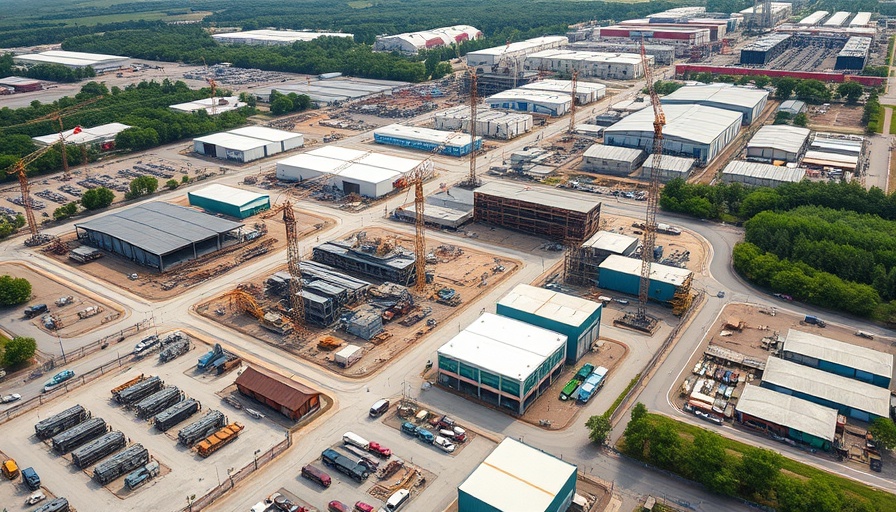
Texas Leads the Charge in Commercial Construction Spending
According to a recent report from Twisted Nail, Texas has positioned itself as the unparalleled leader in commercial construction spending, with expenditures approaching an impressive $90 billion annually. This figure not only dwarfs spending in other states, but also marks over double the amount spent by the next highest state in ranking. The surge in commercial construction spending highlights a significant shift in where construction activities are concentrated, with states in the Sun Belt gaining considerable traction. This region has seen a remarkable growth in commercial projects, driven by a combination of federal funding, increased population, and the burgeoning sectors of clean energy, semiconductors, and advanced manufacturing.
Comparative Analysis: Per Capita Spending Trends
While Texas dominates in overall spending, Arizona stands out with the highest per-capita construction expenditure in the nation. This discrepancy in ranking highlights the economic dynamics of commercial construction in various states. As populous states like California and New York continue to underperform in per-capita spending, the Sun Belt states are emerging as key players thanks to favorable economic policies and robust population growth. As property developers and business owners, understanding such regional differences can inform strategic decisions regarding where to invest or expand.
The Impact of Federal Incentives and Economic Shifts
The report from Twisted Nail draws attention to the pivotal role of federal incentives in driving manufacturing construction, which has surged impressively by 135% since 2019. This increase can be attributed to a concerted effort to bolster domestic production, particularly in sectors focused on clean energy and technology. Warehouse and automotive construction also reflect healthy growth trends of 42.7% and 47.6%, respectively, indicating that stakeholders in commercial development must pay close attention to these emerging sectors that are aligned with national economic strategies.
Future Trends in Commercial Construction
The robust recovery of commercial construction spending, which rebounded to over $740 billion by early 2025, signals a crucial turning point for the industry following the pandemic's economic downturn. As we look ahead, it’s important to recognize how these developments might influence future pricing, project cycles, and investment strategies. Market participants should prepare for rapid changes as the demand for advanced manufacturing and sustainable infrastructure continues to accelerate.
Decisions You Can Make With This Information
The insights from the Twisted Nail report present actionable intelligence for business owners, property developers, and facility managers. By understanding where commercial spending is trending, stakeholder decisions can pivot towards states exhibiting rapid growth and favorable investment climates. This could mean reallocating resources or adjusting market strategies to align with the bustling industries flourishing in areas like Texas and Arizona.
As we advance into a new era of commercial construction, companies should leverage these insights not only to optimize their current operations but also to strategically position themselves for future opportunities.
 Add Row
Add Row  Add
Add 




 Add Row
Add Row  Add
Add 

Write A Comment